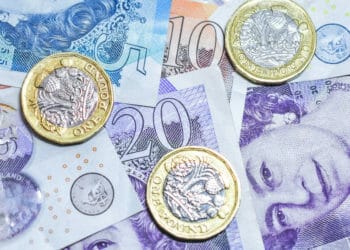
Pensions are a tax-efficient way to save but they are some ‘tax traps’ you should be aware of.
‘Tax traps’ while you’re still saving
While you can automatically receive or claim back tax relief on private pension contributions worth up to 100 per cent of your annual earnings, there is a limit.
This is referred to as your ‘annual allowance’ for pension contributions and currently is £60,000.
This includes contributions from you and your employer to all of your pensions (and any benefits built up in a defined benefit (final salary) pension if you have one), and if you exceed the annual allowance, you will not get tax relief on the excess contributions.
However, if you don’t use up all your annual allowance in one tax year, you can carry it forward and add it to the next year’s.
This is a complex area of pension planning but it means you could save more than the annual allowance in that year without losing your tax relief, and you can carry forward up to three years’ unused annual allowance.
If you’re a higher earner, your annual allowance may be lower than £60,000, down to a lower limit of £10,000 a year.
This is known as ‘tapered annual allowance’, and reduces by £1 for every £2 of your adjusted income over £260,000. This is all types of income you pay tax on.
‘Threshold income’ also can be taken into account – your taxable income minus your pension contributions. If your threshold income is below £200,000, your annual allowance won’t be reduced whatever your adjustable income is.
If you take money out of your pension while still saving, this can trigger the Money Purchase Annual Allowance (MPAA), which reduces the amount you can contribute tax-free to £10,000 a year. (It discourages people from taking cash out and putting it back in to get tax relief.)
Tax traps when you start to take your pension savings
Pension income is taxed like any other income above your personal allowance, which is currently £12,570 a year. To minimise the amount of tax you pay on your pension, keep an eye on how close your pension income is to your income tax personal allowance.
Your personal allowance could be lower if you earn more than £100,000 in a tax year. It goes down by £1 for every £2 of income over £100,000. This is based on adjusted net income which is all your taxable income less some forms of tax relief, including higher-rate tax you’ve claimed on Gift-Aided charity donations, and tax you’ve claimed back on pension contributions.
If your adjusted net income is £125,140 or more, you lose your personal allowance.
Additionally, a limit has been imposed on the maximum tax-free cash that an individual can take from their pensions. From 6 April 2023, the maximum tax-free lump sum was capped at £268,275 (subject to any protection held).
































